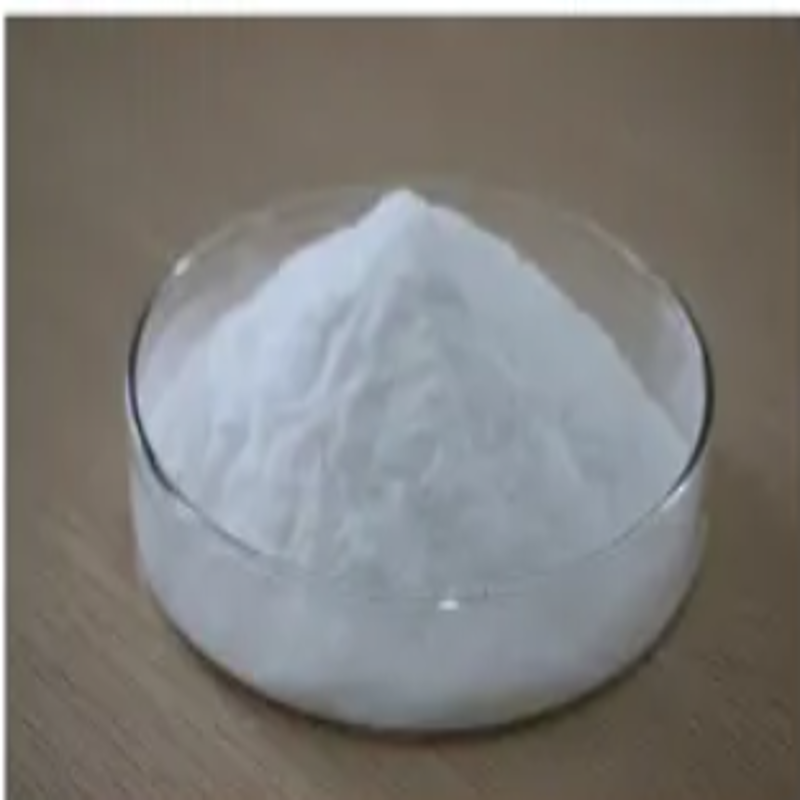-
Categories
-
Pharmaceutical Intermediates
-
Active Pharmaceutical Ingredients
-
Food Additives
- Industrial Coatings
- Agrochemicals
- Dyes and Pigments
- Surfactant
- Flavors and Fragrances
- Chemical Reagents
- Catalyst and Auxiliary
- Natural Products
- Inorganic Chemistry
-
Organic Chemistry
-
Biochemical Engineering
- Analytical Chemistry
-
Cosmetic Ingredient
- Water Treatment Chemical
-
Pharmaceutical Intermediates
Promotion
ECHEMI Mall
Wholesale
Weekly Price
Exhibition
News
-
Trade Service
Devasalban has good results in preventing venous thrombosis (VTE), treating adult deep vein thrombosis (DVT), reducing the risk of DVT recurrence and pulmonary embolism (PE) after acute DVT, and can also be used to prevent stroke and systemic embolism in high-risk populations.
In this randomized trial, the researchers compared the effects of 20 mg/day devasalban and dose-adjusted huafalin (target international standardized ratio, 2.0-3.0) in patients with atrial fibrillation and bio-valve di tip valves.
the main results of the study were a combination of death, major cardiovascular events (stroke, transient isoemia, systemic embolism, valve thrombosis or hospitalization for heart failure) or 12-month haemorrhage.
study was conducted at 49 medical centres in Brazil and involved 1,005 patients in a 1:1 group.
devassa team had its first major endpoint event after an average of 347.5 days of treatment, while the Huafarin group had an average of 340.1 days.
17 cases (3.4%) of patients in the Devassa group died of cardiovascular causes or thromboembolism, while 26 cases in the Huafarin group (5.1%, risk ratio: 0.65).
0.6 per cent in the Devassa group and 2.4 per cent in the Huafarin group (risk ratio: 0.25).
7 patients (1.4%) in the Devasha group had haemorrhage, and 13 cases in the Huafarin group (2.6%, with a risk ratio of 0.54).
the occurrence of other serious adverse events between the two groups is similar.
in patients with atrial fibrillation and two-tip valve biolobe implants, devasalban therapy was superior to warfarin in reducing the risk of death, major cardiovascular events or haemorrhage within 12 months.
。







